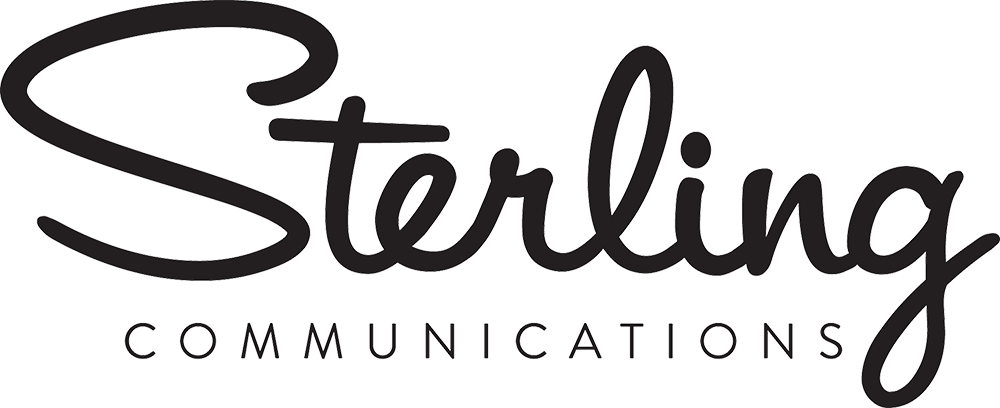Industry events and awards serve a purpose. They can be powerful venues for sharing ideas, making meaningful connections, and shining a spotlight on important ideas, impressive efforts, and admirable teams. They’re excellent opportunities to, ahem, win friends and influence people.
For all of these reasons, public relations pros are always on the lookout for occasions to secure presentation or keynote bookings, spots on conference panels, and professional accolades for their client companies, executives, and subject matter experts.
The submission process
Applying for speaking opportunities and awards is often underpinned by some continuous processes, such as:
- Scanning relevant listings and aggregators for upcoming events, conferences, awards, and honors programs
- Revisiting past participation history and identifying new opportunities and targets of interest
- Collecting and organizing information on themes, calls for speakers/panels/nominees, dates and deadlines, as well as submission requirements and formats.
This is all very good and important. But such processes also run the risk of becoming perfunctory: Consult a list, cut and paste the same old text, check off a box, BORING!
At Sterling, we find it is much more fun — and effective — to be proactive about our approach to speaking and award opportunities. Sure, we’re always happy to handle the paperwork when clients tell us what they’d like to submit for or have done in the past. But we also like to demonstrate our value and score wins for our clients by being creative and collaborative, using all our PR assets to make the whole process more informative, exciting, and engaging.
Here are a few ways we do that:
- Consulting biographical information we develop for clients as inspiration for relevant speaking and award opportunities. While drafting new hire blog posts or helping company executives update their LinkedIn profiles, we notice professional and academic milestones, such as impressive certifications or postgraduate degrees. These can serve as the basis for highlighting particular areas of expertise in speaking applications and make those individuals more appealing to selection committees. For example, qualifications really matter at many conferences and events, such as in the healthcare/healthtech space. We also keep an eye on things like technical patents being filed by our clients, internal promotions, and service developments. Staying on top of how our client’s industries are evolving and how their experts are evolving in their roles helps us anticipate strategic opportunities — and submit more compelling applications.
- Another weapon in our submission armory is our media relations work. We source a lot of ideas for award nominations and potential speaking topics from the press releases we develop for our clients, the coverage we earn, and the media and analyst outreach we conduct. For example, if a key outlet notes a particular achievement from a client momentum release, you can bet we’ll highlight that achievement when drafting the next award submission. If the press is picking up on it, it will likely resonate with judging committees as well.
- Contributed content development for commentary, op-eds, and bylined articles similarly feed pertinent speaking proposals or panel submissions — or even serve as rough outlines for creative presentation topics. We work with thought leaders and subject matter experts amongst our clients to amplify their ideas and positions on matters of importance in their fields. And once again, if editors find the output interesting enough to publish, then event planners are likely to find it interesting, too.
Successful submissions
When it comes to actually drafting submissions, we never follow a rote formula. We strive to approach each entry with pride in our clients and empathy for those who will be vetting the submissions by sifting through mountains of applications and proposals. In that light, we do follow some best practices. For example:
- Follow the directions and give them what they ask for.
- Unpack your adjectives. Now is no time to be humble. Be bold! Entice! Impress! Excite!
- Nobody wants to sit in a timeshare presentation. Do Not Always Be Selling.
- Shorter is better.
We’ve successfully landed recognition for our clients on Fast Company’s Best Workplaces for Innovators and World Changing Ideas, Inc. Magazine’s Inc.5000 and Best Workplaces, the Forbes 30 Under 30 list, EY Entrepreneur of the Year, and many more honors and awards. And we’ve helped our clients shine at events like Techcrunch Disrupt, HLTH, Mobile World Congress, CES, SXSW, and a plethora of other sector-specific conferences and conclaves.
Being proactive makes the submission process much more interesting and enjoyable for everyone involved. And it results in much better odds of scoring an appearance or award in highly competitive venues.
If you’d like to learn more, reach out to us at go@sterlingpr.com.
